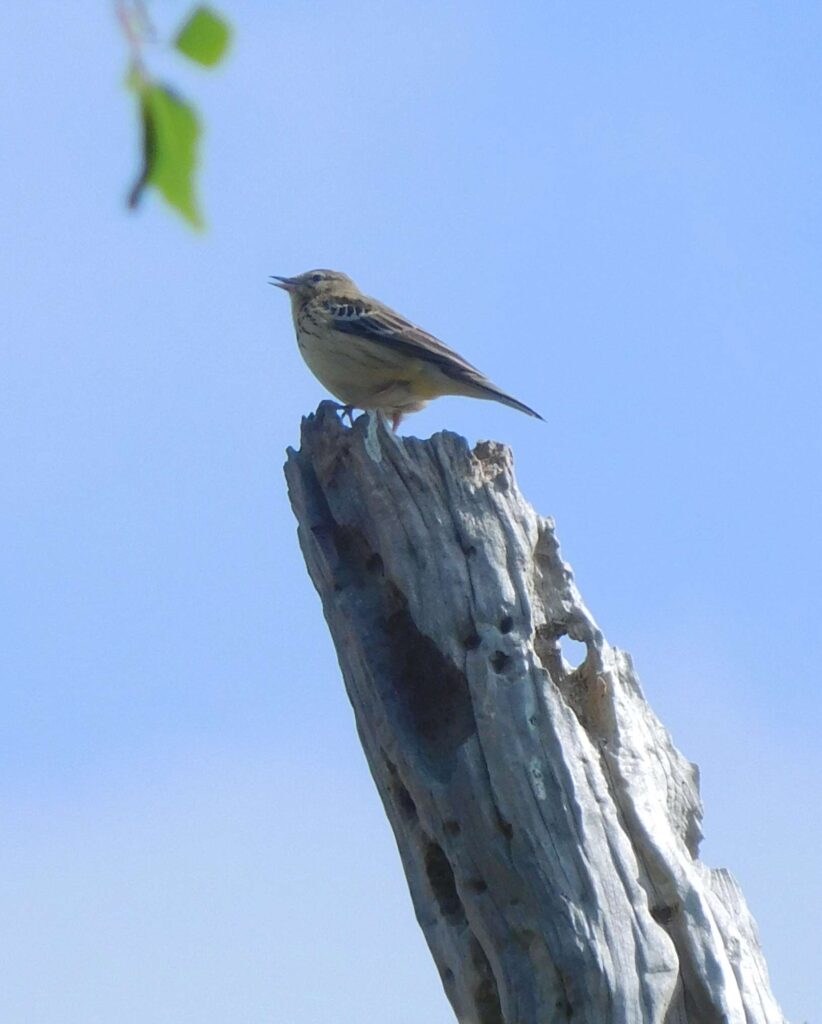
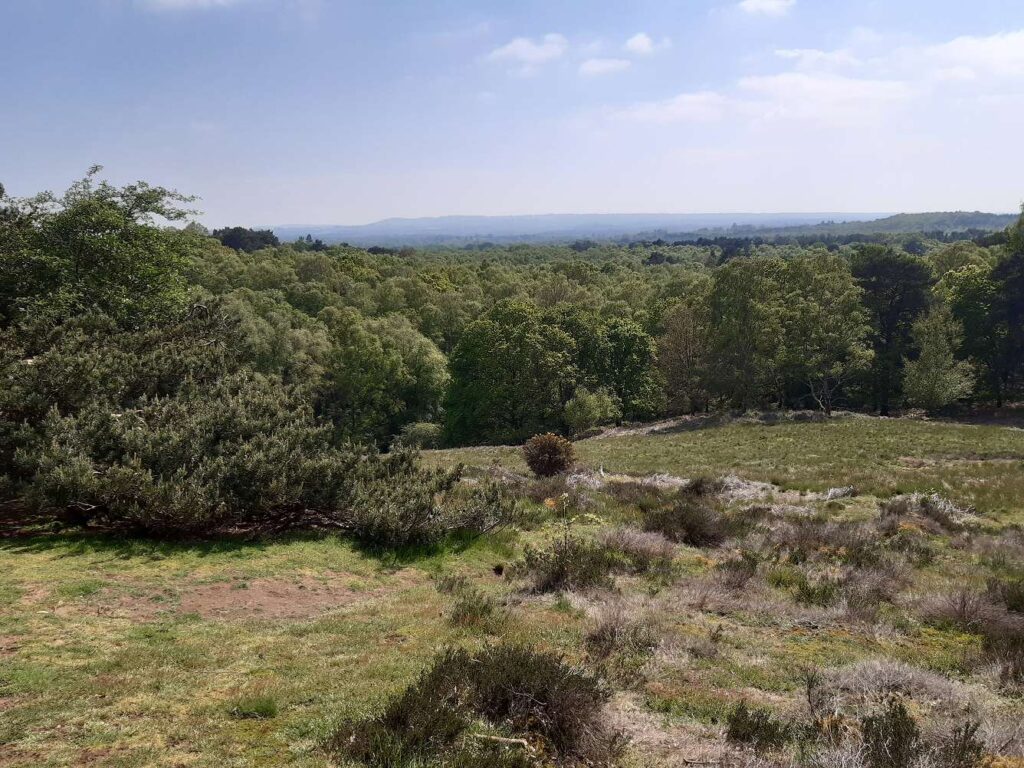
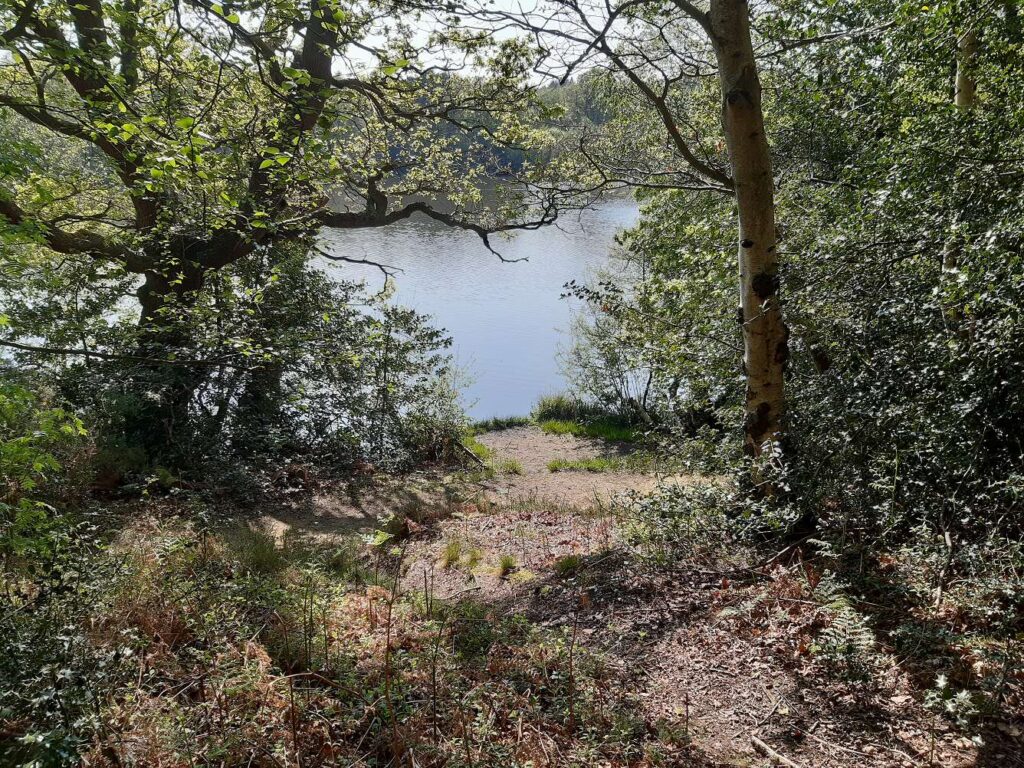
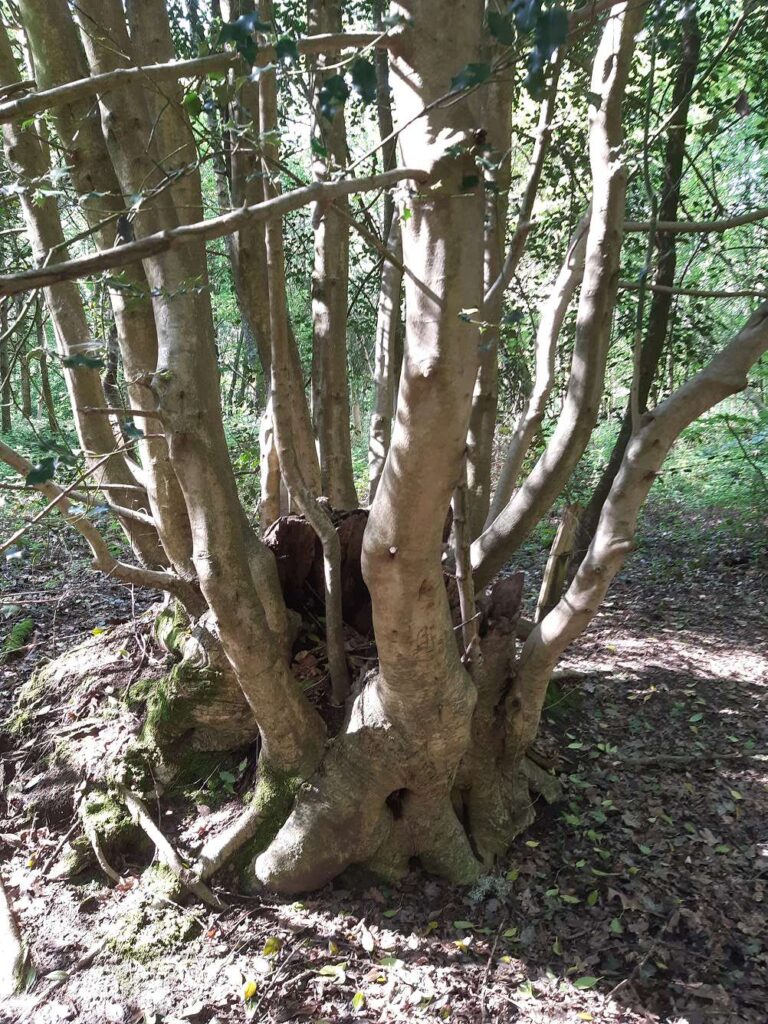
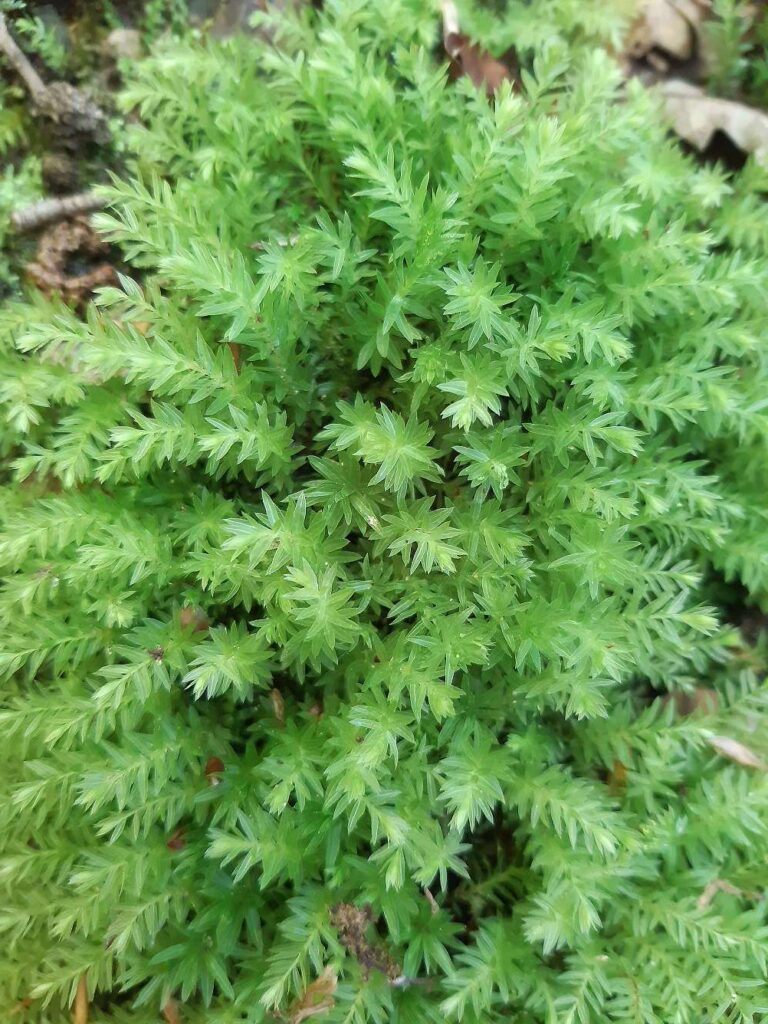
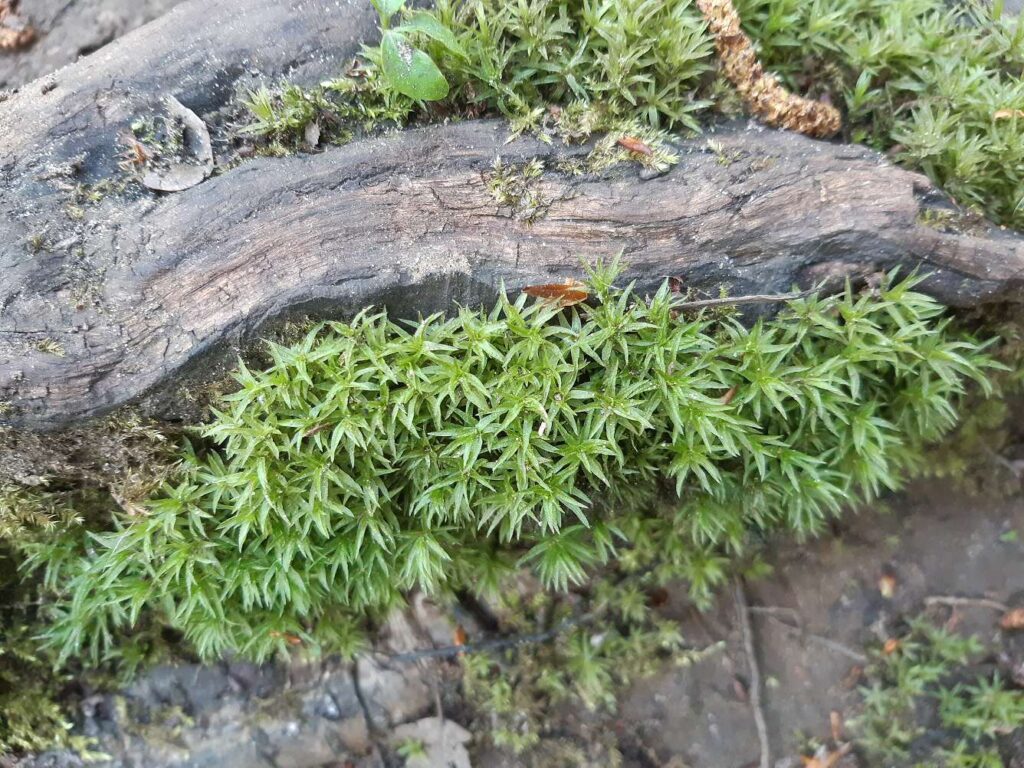






It was a cloudless morning, perfect for a walk around Thursley Common to look for dragonflies, other insects, birds, and bog flowers too.
The bog pools were surrounded by Marsh Orchids in lovely purple bloom.
A few lizards, one with a regrowing tail, sunned themselves on the boardwalks.
Masses of Black-Tailed Skimmers chased aggressively about the pools, along with a few blue damselflies and some Black Darters. Some Large Red Damselflies warmed up on the heather, well away from the pools.
A Curlew called (or is it sang?) its beautiful, melancholic mating cry, flying high, slowly, and holding out its wings in a distinctive curve: something like a small heron, but with its incredible long downcurved bill, and tail feathers spread showily. It’s a rare delight, not least because Thursley is the only place Curlews breed for many miles around.
Stonechats sang their brief grating song from conspicuous viewpoints all over the common, sometimes in little family groups.
A Tree Pipit gave a fine display of its song flight from a tall tree.
On a lake filled with Yellow Water-Lilies at the edge of the common, gigantic Carp lurked and splashed at the surface, and Downy Emeralds chased, seeming club-tailed.
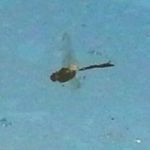
A Green Tiger Beetle whirred on to the path – a very strange flight jizz, but easily recognized once close enough.
Perhaps the most tantalizingly lovely insect of the day, however, was this Beautiful Demoiselle, shining iridescent Lapis Lazuli blue against the delicate pale green of a birch sprig.

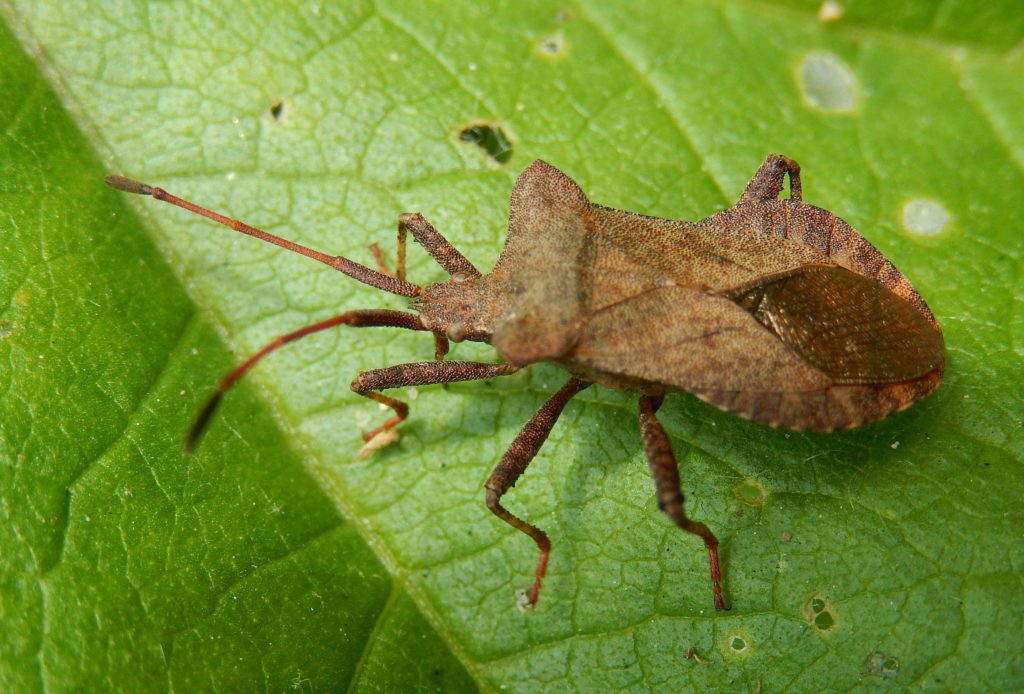
As well as the handsome insects, a migrating Tree Pipit called from the wood near the Picnic Meadow. These once common birds are now scarce on farmland and have disappeared from London as breeding birds, but still drop in occasionally in spring and autumn migrations, and breed on larger commons such as at Thursley.
I had the good fortune to get down to West Wiltshire in hot if sometimes humid summer weather.
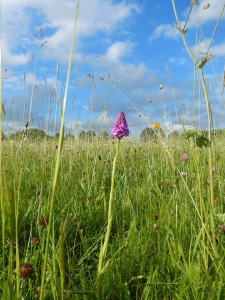
It was a pleasure to find the Pyramidal Orchid in a flowery meadow near a town: despite the dog-walkers, the increasingly uncommon flowers were clearly spreading from a small patch across the meadow, which is mown annually.
Less pleasantly, there were next to no insects pollinating the flowers: we saw one Small Tortoiseshell, a fly or two, and one (white/buff-tailed) bumblebee. It was a stark contrast to the masses of bees and beetles I’ve seen on the reserve in London. Of course, in London there is now very little use of pesticides, and basically none on an industrial scale.
This year (2014) does seem to be particularly poor for butterflies. It was an extremely warm winter and a very wet and windy spring, so I wonder if the result has not been a bad spring for insect pests … and perhaps, whether England’s farmers have not sprayed insecticide especially heavily? It’s a question that could clearly be answered by someone. If the answer is yes, then our ‘useful insects’ have suffered very heavily as a consequence.
The next day we went to Cley Hill, a western outlier of the Salisbury Plain chalk downs, sticking up above the plain below the chalk escarpment.
In the short grass, full of lovely flowers – Sainfoin, Milkwort, Horseshoe Vetch – were Bee Orchids, and happily both bumblebees in this special place protected by the National Trust and Burnet Moths – mostly Five-Spot Burnet, with some Transparent Burnet too, quite a treat.
On the top of the hill, above the Iron Age earthworks, we came across a group of about five Wall Brown butterflies, all very tatty and worn: perhaps they had been blown across the Channel from France on the warm southerly wind that is accompanying this anticyclone (centred to the east). Nearby were a few Brown Argus, small butterflies in the Blue family: not uncommon in France, far from common in England. Their coloration may seem odd for the Blue family, but females of quite a few species are brown, contrasting with their bright blue males, so the genes for ‘brown’ are clearly available: perhaps it takes just one or a few genetic switches to turn on brownness in both sexes rather than in just one.
In several places on the hill, often on bare chalk paths or short grass, we saw the glowing blue and purplish blue of Adonis Blue butterflies, with their chequered wing borders. So we saw some rather special butterflies, though with the definite feeling that they are only just hanging on in the area.
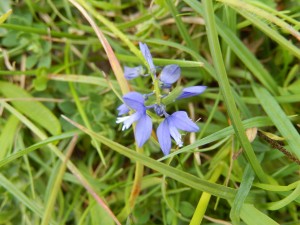
The hill is also host to Chalk Fragrant Orchid, Pyramidal Orchid, Spotted Orchid and more: it was lovely to see them all, though we were moved on swiftly by an anxious pair of Skylarks circling rather low overhead, trying to get back down to their nest, clearly not far from where we were sitting. All around in the thorn bushes were Tree Pipits, singing away, with some twittering Goldfinches and one Yellowhammer, my first of the year: yet another species that was once commonplace in every hedge.
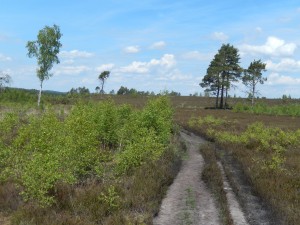
Thursley Common is one of those few, special places where the quiet visitor is almost guaranteed a beautiful experience of nature, at least if busy weekends are avoided. The area of a few hundred hectares offers several habitats, all acid: pine forest; dry sandy heath with heather, gorse and birch scrub, ideal for Whitethroats and Stonechats; acid bog with sphagnum, bog-cotton, marsh orchid, round-leaved sundew; bog pools buzzing with dragonflies; open water with teal and tufted duck.
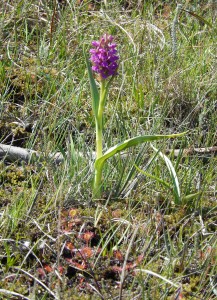
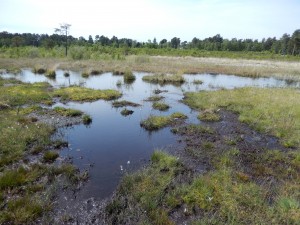
Over the pools were half-a-dozen swallows in a loose flock, mostly flying high, keeping a wary eye out for hobbies. Two hobbies at least flew across the heath on their long grey wings, diving at speed to snatch dragonflies low over the water. A cuckoo called from the pines; another replied cuck-uck-oo from the other side; one flew hawklike across the heath, its wings remaining almost entirely below its body, an odd and very distinctive flight pattern.